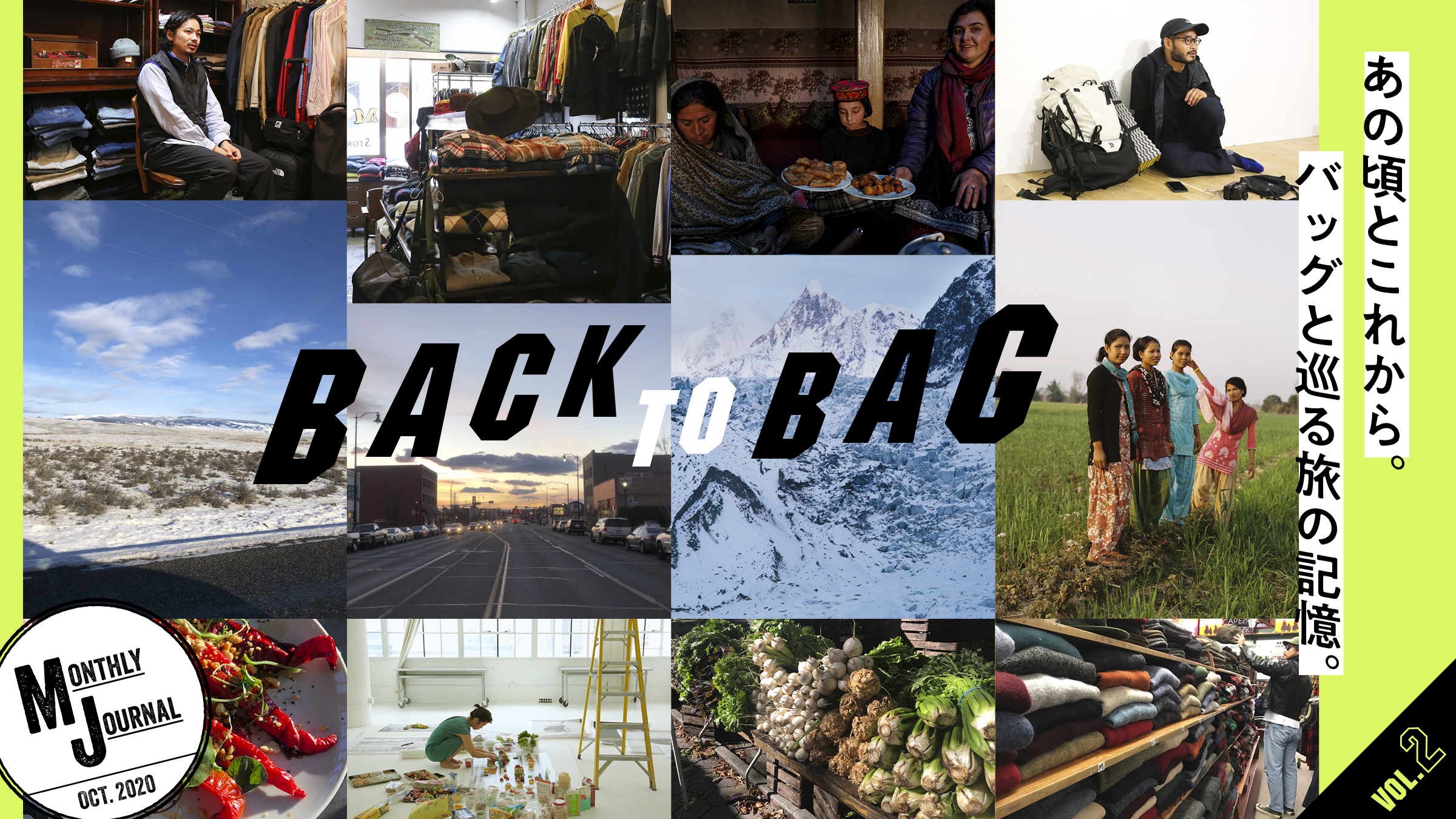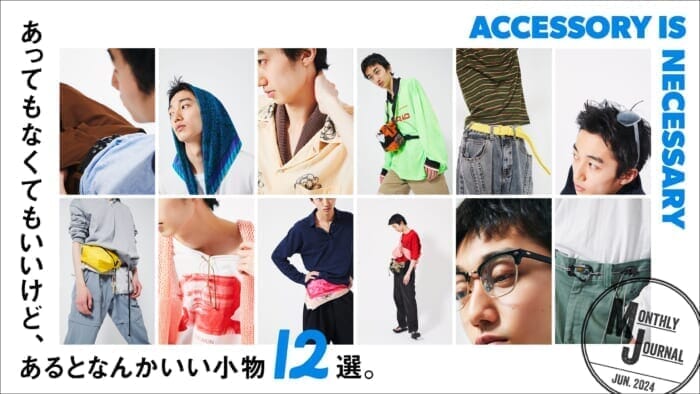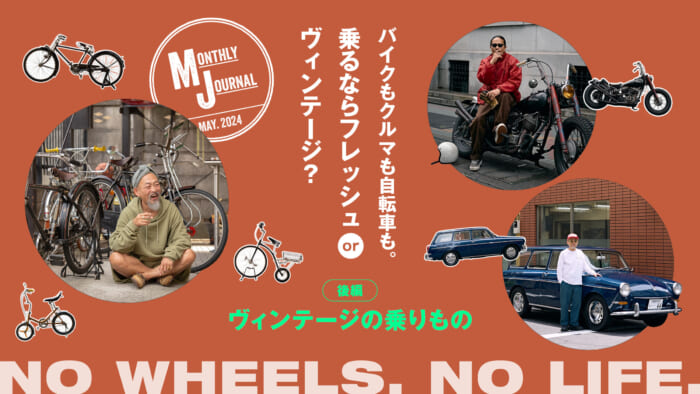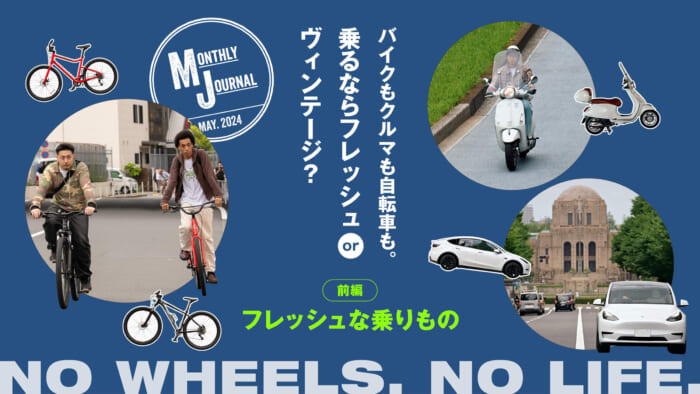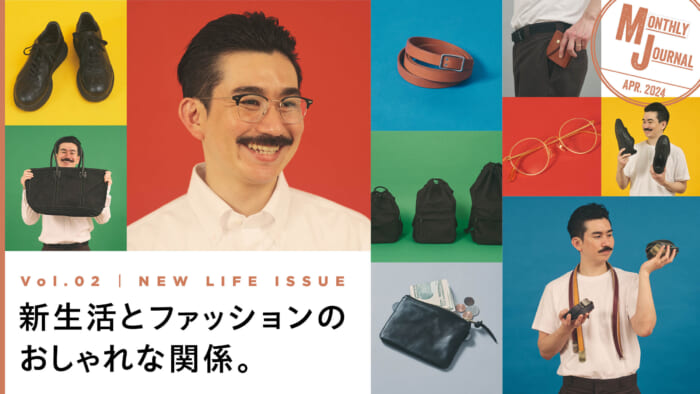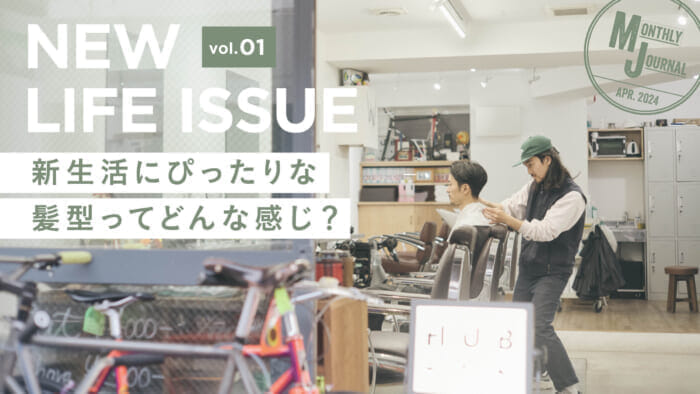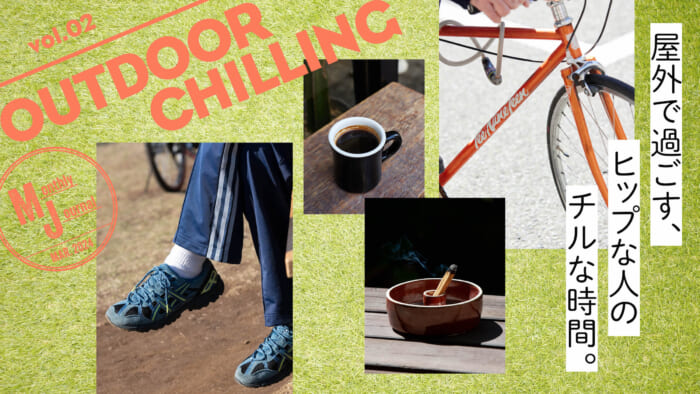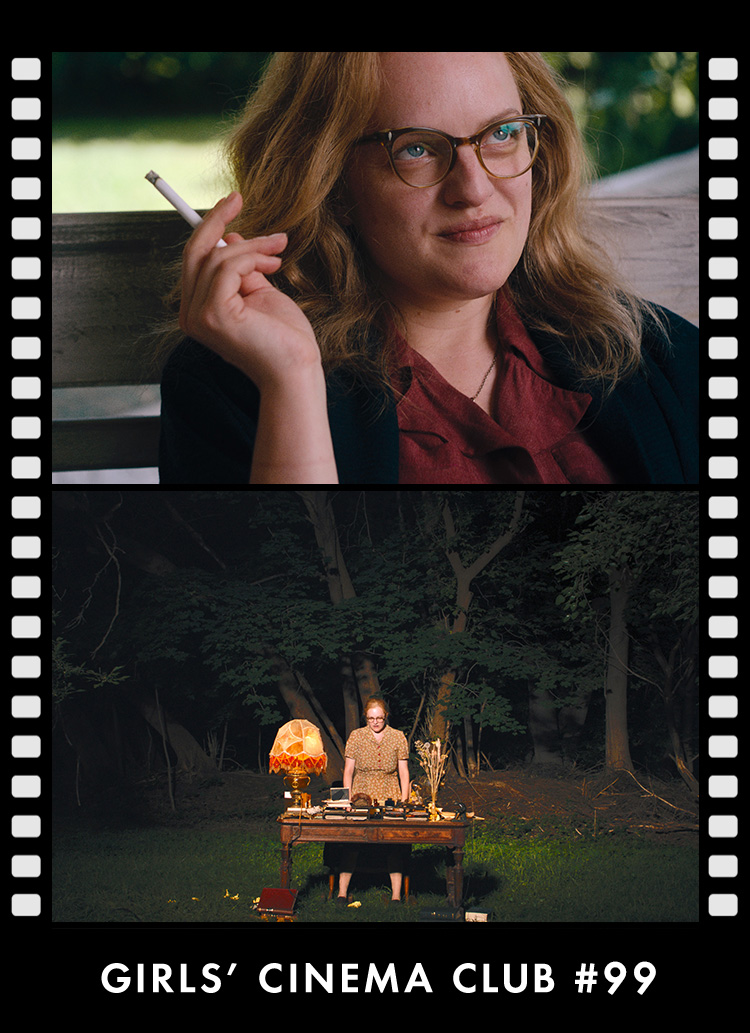01 Photographers and remote areas.

PROFILE
Born in Tokyo in 1989. Graduated from Aoyama Gakuin University. Relying on information obtained from her travels in Asia and Europe while in college, she has also photographed the support for the areas affected by the Nepal earthquake (2015), the issue of forced labor for women, and the universal life of people living in the remote areas of Pakistan. In parallel, she has also photographed in the field of advertising.
www.yusukeabephoto.com
instagram@abe_yusuke
Bags and cameras. Abe's unique perspective on things.

To get to the lodge, we take our backpacks and other items in North Fake bags.
This large bag is from The North Face, isn't it?
Abe: It is a fake, this is North Fake (laughs). When I was young and wanted to climb mountains in Nepal but had no knowledge, I looked at Naoki Ishikawa's gear on the Internet and bought a lot of fake stuff just to imitate him. At that time, I used to go to base camp with it, but it was really hard because I got soaked and it was cold.
The importance of gear is very important to me.
Abe: I was in my early 20s when Nepal was hit by a major earthquake in 2015. I bought about 10 of these bags from a friend who was selling them for about 1,500 yen in Nepal to send about 1,000 pencils and notebooks. I put medicine and rice in them, tied them to a jeep, and took them to the site. When I brought one of them back home, it was so good that I have been using it ever since.
I see that it can be used unexpectedly.
Abe: Of course, since it is Northfake, it has the drawback that the zipper is fragile, but it is still usable. Basically, I like to decide many things ahead of time, such as where I will eat when I go to New York. I don't want to get distracted and not be able to concentrate on taking pictures. I am especially thorough when it comes to bags.

The North Face's Cobra52 XP, which Mr. Abe has used a lot.
What are the other bags like?
Abe: Everything else is a real "The North Face" bag (laughs). (Laughs.) This white bag is extremely sturdy. There is another net in the front, which can hold a helmet and crampons, and it can also be made smaller when you want to lighten your gear. I was thinking of walking around town with this one bag, but I don't end up using it for walking around town because I feel like a traveler when I have a lot of luggage and I don't fit in with the locals. I have always disliked being left out, so I like to dress the same as the locals.

My traveling companions were the "GR" series by RICOH. On this day, I took two, the GR and GR III.
I heard that you can travel with two small cameras. What do you use?
Abe: This is Ricoh's GR series. I have two cameras in case of breakdown or theft. I am really not good at carrying heavy luggage, so I generally do not take a large camera with me. When I go to a place for the first time and cannot imagine what kind of pictures I will be able to take, I take the "GR" with me first.
You also take vast landscape photographs, don't you?
Abe: I shoot a lot of that with the "GR" too. There are two patterns of travel: one is when I go to places that are considered dangerous. I use the lightest weight camera I can find, and I can use my iPhone as well. The other is when I go to shoot advertisements. I sometimes bring a large-format or medium-format camera with me, since it will be used for advertising. These are places I have been to before.
I think many people are surprised to learn that the photos were taken with a compact camera.
Abe: People look at me like I'm obsessed with cameras, but I'm actually not that obsessed. I have both film and digital cameras, and over the past few years I have been experimenting with what to bring with me. When I went to Palestine last October, I was going to use my iPhone, but it just so happened that the "GR" was on sale at Haneda Airport, so I bought one and got some good shots.

When I think of "GR", I have an image of wide-angle and snapshots.
Abe: I think it is easier to travel if you focus on one thing at a time. I used to think about having a telephoto lens just in case, but now I find that if I want to take a distant shot, I can just get closer, and if I can't, I can just give up. The GR is very good, and I find it very useful because it is capable of taking advertisement shots. Of course, large-format and medium-format cameras also produce great photos, so it depends on the location and what you are shooting.
What you should do to avoid making the other party look bad.
I visit Nepal every year and document the photos. The photos show the yearly transition from 2016 to 2019.
You have visited the same places many times, haven't you?
Abe: I have already been to Nepal area more times than I can count. I am going to the same country thoroughly because I can learn more by persevering than by only knowing the surface. I am not satisfied with visiting tourist spots, so I want to step away from there and take pictures in places no one has ever seen before. Once I started taking pictures, I felt like I wanted to take pictures there for 5 or 10 years. I want to take pictures of people's growth and document their lives. I am not satisfied yet.
Why do you go to the same places?
Abe: Basically, I don't like hassle and new places scare me. If it's the same place, I don't have to worry about luggage and it's best if I can go with one small bag.
Do you want to lighten your luggage, not only in the highlands, but also in the plains?
Abe: For example, it is very difficult to walk around with a heavy bag on my back when I can't find a place to stay. When you go to a place for the first time and it is scary, dark, and you don't understand the language, it is very stressful to wander around in the alleys. And when I get tired, I don't have the energy to take pictures. If I went once every six months, I might not mind, but since I go every month, I can't afford to be tired every time I go.
The streets of Gilgit, Pakistan, are completely differently lit during the day and at night.
Do you have anyone close to you that you use as a reference?
Abe: My friend Ryohei Kamide (who plans, directs, shoots, and edits the TV Tokyo series "Hyper Hard-Boiled Gourmet Report") says he doesn't even bring a change of clothes. He is naked during laundry and has only one pair of shoes. I only bring one pair of pants, too. Merino wool doesn't stink, and I can wear no pants while washing, and after wringing them out once, I put them on a bath towel and roll them up together, and that's all it takes to dry them.
You mentioned that you were scared. Have you ever been in danger from others during your travels?
Abe: Once, when I was riding a motorcycle in Nepal, some bandit-like people chased me from the other side of the river, but I was able to escape (laughs). If I had been carrying a lot of luggage, it would have been impossible. I am always thinking of ways to avoid making the other party look bad.
I think the idea of not making the other party look bad is unique.
Abe: I think it is important. The really dangerous parts of Africa are the places where people like me can be attacked, so when I go to those places, I have a local guide. There have always been a lot of delinquents in the local area, so I may know how to get the delinquents to treat me well (laughs). (Laughs) I don't want you to imitate me because it is dangerous, but I had an experience in Pakistan where I bribed the person in charge of the area (not the police) so that I could take a picture without any problems.
The gap between what I was taught in Japan and what I saw in the world.

A rally in the Hunza district of Pakistan. Mr. Abe was kindly welcomed.
I heard that your first trip was to India.
Abe: I have been going around India since I was a college student and traveled there on my motorcycle after graduation. There was an Indo-Pakistan war going on in the northern part of Kashmir, and Indians say they hate Pakistan. I got altitude sickness there, but a Pakistani living in India helped me out. I had an image of Pakistanis as bad people, but they were very kind to me. I don't want there to be any misunderstanding, but people from both countries are good people. I have the impression that many Indian people complained a lot, though.
So you went from there to shoot for "The North Face"?
Abe: Yes, but I did not want to go to Pakistan because I thought it would be dangerous. But when I went there for about a month on a project that allowed me to go anywhere in the world, I found it all wonderful: the climate, the people, the tone of voice. I had been influenced by media information that Pakistan = dangerous, so I still had the idea in my head that it was dangerous, and I realized then that I had been brainwashed.
This year I have also covered an Afghan refugee camp in Pakistan. I have to think calmly because some places are dangerous, but I believe that it is the places where people do not go that we should go.
Abe-san, do you go there to communicate or do you go there to see what is happening?
Abe: It's because we want to tell people. It is an extension of saying, "Let's go to a good Chinese restaurant because it is delicious. The extent to which I can communicate is limited to people who like my photos, so I want to improve my photos to the point that anyone who sees them will think they are amazing.


I think it is one of the best parts of traveling, to have your preconceived notions of what you want to see and do overturned.
Abe: When I was in high school, I thought that what I studied in my textbooks was everything. And that what the teacher said or what was written in the textbooks was the right thing to do. But now I realize that it is such a one-way education. There were Afghan designers on the runway at the Paris Collection, and there were many bearded men who looked like villains in movies. There are many people who are afraid of the Middle East, but they are friendly and you will never know the truth until you go there. What I thought when I was in high school and what I thought when I went abroad were so opposite that I am on a journey to pursue the truth from there.
So that's what drives your photography again.
Abe: Actually, it doesn't have to be a photo. I have been told that I am better at talks, and I certainly agree. I have a clear idea of what I want to convey, so it is faster to talk about it in person, and in fact, talk shows are more exciting (laughs). Also, I am often told that I look serious because of my style and appearance, but there is a gap in that.
Photography is about weaving your own ideas of what to photograph and how to photograph it.

You recently went to Yakushima for a domestic shoot for "The North Face," didn't you?
Abe: Yes, I am interested in forests. I am interested in forests, not just Yakushima. For The North Face's photo shoots, we choose countries based on environmental issues, and Pakistan is actually the first country in Asia to ban plastic. Plastic is banned not only for bags, but also for spoons, which are made from apricot wood. Japan has also recently started to go plastic-free, but we are at the bottom of the world in this respect.
I'm sorry, I had no idea.
Abe: In Pakistan, there is the Karakoram Glacier, which is visibly melting. That's where they realize that it's a bad idea to start with. I started to become aware of them from the way they were desperately working on environmental issues, and as I researched, I came across forests. I wondered how forests are formed and how important nature is. So I may not be able to take pictures without first reading books and meeting and talking to people. It is easier to incorporate this into my output, and I myself do not feel that I am creating art.

A grocery store in a refugee camp in Afghanistan. Everyone is living with a smile.
Abe: Photography also differs from country to country. In Pakistan and Afghanistan, everyone is desperate to show that their land is in a pinch. I think that's what photography is all about. In Japan, people take pictures of girls in profile, and if a photo with halation is popular, everyone takes it. I don't think that is photography. I think photography is something you create yourself.
You should talk to yourself and work out your own style and shooting style, right? I know that many people say that the Corona Disaster was a time of self-dialogue.
Abe: I couldn't take any pictures because of all the fatigue that had built up during the self-restraint. So I made sure to get healthy for once, like running 10 km every morning first thing. It was the first time in about 10 years that I had not been abroad for 6 months or stayed in the same place for more than 2 months. I had been moving around so fast, so I had more time to calm down and think.
Finally, where would you like to go when the Corona disaster settles down and you can go abroad?
Abe: What I would like to visit now is the Gaza area in Palestine. I was going to visit there for an interview just before the Corona riots, but had to cancel due to the lockdown. I used to meet many refugees, so I want to take pictures of how they live and what kind of appeals they make. Just taking pictures won't change anything, but those who can should take pictures. I am interested in the stories of people who became refugees from various backgrounds.






